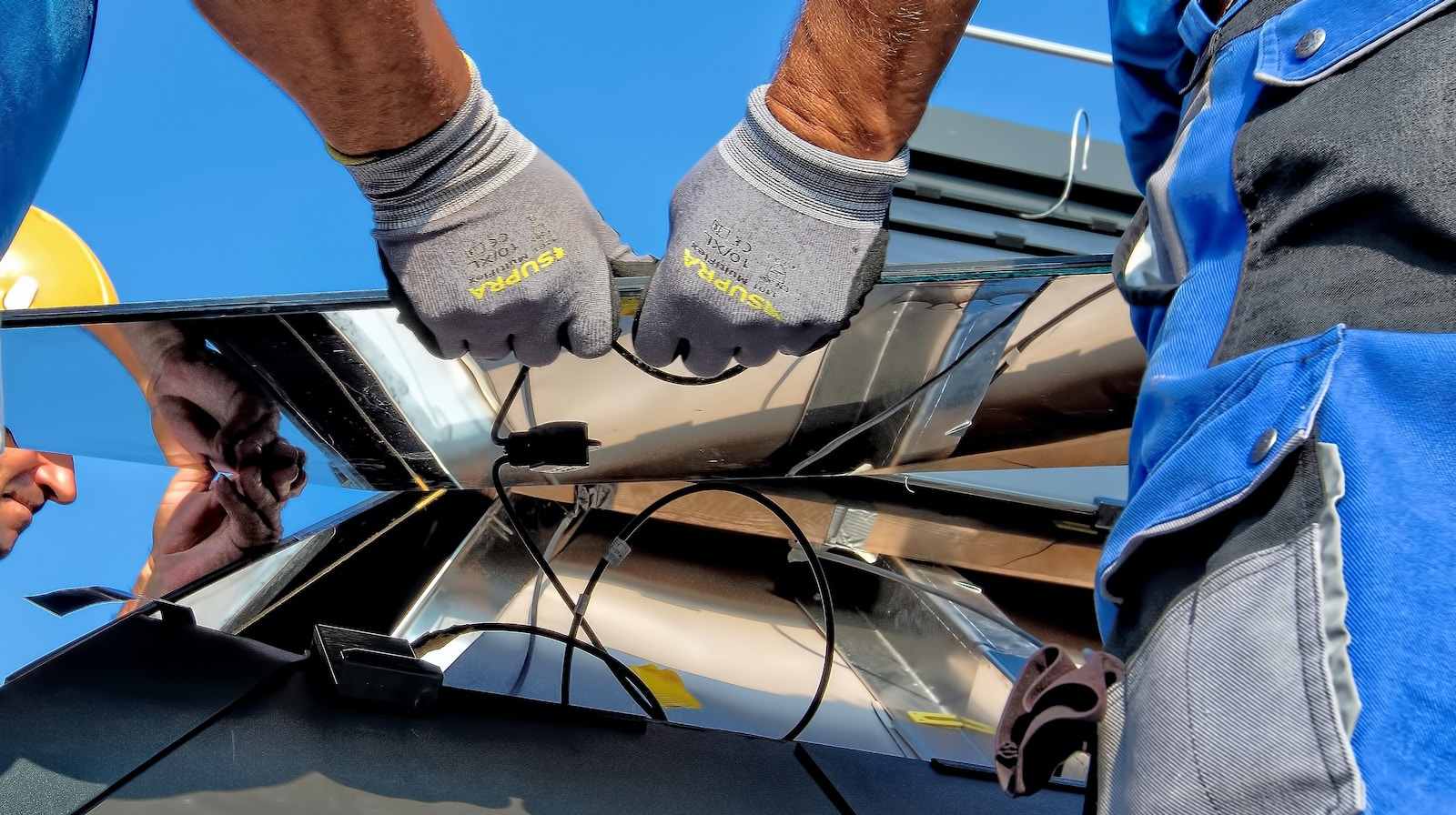Key Takeaway: Mixing solar panels of different wattages is technically possible, but it can lead to reduced efficiency, mismatched power outputs, and impact the overall performance of the system. It is important to consider factors like voltage compatibility and current matching when mixing panels. While it may be feasible in certain cases, it is generally recommended to use panels with similar wattages for optimal performance.
Solar panels have become a popular choice for homeowners and individuals interested in renewable energy. They offer a sustainable and cost-effective way to generate electricity using sunlight. However, when it comes to setting up a solar panel system, there are various factors to consider, including the wattage of the panels. In this article, we will explore whether it is okay to mix solar panels of different wattages and discuss the potential implications.
Solar Panels and Wattage
Before diving into the topic, let’s start with a brief overview of solar panels and their purpose. Solar panels, also known as photovoltaic (PV) panels, are devices that convert sunlight into electricity. They consist of multiple solar cells, typically made of silicon, which generate an electric current when exposed to sunlight.
The wattage of a solar panel refers to its power output, i.e., the amount of electricity it can produce under standard test conditions. It is denoted in watts (W) and indicates the panel’s capacity to generate electricity. Higher wattage panels can produce more electricity than lower wattage panels.
Can You Mix Solar Panels of Different Wattages?
Now, let’s address the question at hand – is it okay to mix solar panels of different wattages? Technically, it is possible to mix panels with different wattages in a solar panel system. However, there are several factors to consider before doing so.
Potential Issues and Considerations
Mixing solar panels of different wattages can lead to potential issues and considerations that may affect the overall performance of the system. Here are a few key points to keep in mind:
- Reduced Efficiency: When different wattage panels are connected in the same system, the overall efficiency of the system may be reduced. This is because the panels may not operate at their maximum efficiency due to the differences in their power outputs.
- Mismatched Power Outputs: Panels with higher wattages will produce more electricity compared to panels with lower wattages. This can result in a mismatch of power outputs, leading to imbalances in the system and potential energy losses.
- Impact on Overall System Performance: Mixing panels of different wattages can impact the overall performance of the solar panel system. The system’s ability to generate electricity, meet energy demands, and maximize energy production may be compromised.
Factors to Consider While Mixing Panels
If you decide to mix panels with different wattages, there are several factors to consider to minimize the potential issues mentioned above:
- Voltage Compatibility: Ensure that the panels have compatible voltage ratings. Mixing panels with significantly different voltage ratings can cause problems and may require additional equipment, such as voltage converters or charge controllers, to harmonize the system.
- Current Matching: Panels with different wattages will produce different currents. It is crucial to match the current outputs of the panels to avoid imbalances in the system. This can be achieved by connecting panels in parallel or using power optimizers.
- Panel Orientation and Tilt: Panels with different wattages may have different sizes, weights, and physical characteristics. Consider the impact of mixing panels on the overall system’s orientation and tilt to ensure optimal sunlight exposure and energy production.
Benefits and Drawbacks
Let’s take a moment to weigh the benefits and drawbacks of mixing panels with different wattages:
Benefits:
- Cost Optimization: If you already have panels with different wattages, mixing them can be a cost-effective solution rather than purchasing additional panels.
- Flexible System Design: Mixing panels allows for greater flexibility in system design, especially if space constraints or other limitations are a factor.
Drawbacks:
- Reduced Efficiency: Mixing panels can lead to reduced overall efficiency and energy production.
- Complexity and Maintenance: Mixing panels adds complexity to the system design and may require additional maintenance and monitoring.
- Impact on Warranty: Mixing panels from different manufacturers or with different specifications may void certain warranties. Check the warranty terms and conditions before mixing panels.
Expert Opinions and Recommendations
To provide further insights, let’s consider the opinions and recommendations of industry experts and solar panel manufacturers:
According to Solar-Estimate.org, “It is generally best to use solar panels that are all the same size and to avoid mixing different brands and models together.” This recommendation is based on the potential impact on system performance and the complexity it introduces.
Solar panel manufacturer SunPower advises against mixing panels with different wattages, stating that “Mismatched panels can lead to a reduction in the overall power output of the system.”
Best Practices and Tips
If you still decide to mix panels with different wattages, here are some best practices and tips to consider:
- Balance the System: Aim to balance the power outputs of the panels as much as possible. This can be achieved by grouping panels with similar wattages together or using power optimizers to equalize the power outputs.
- Consult with Professionals: Seek guidance from solar installation professionals or manufacturers to ensure that the system design and component compatibility meet industry standards.
- Monitor and Optimize: Regularly monitor the performance of the system and make adjustments if necessary. Consider adding a monitoring system to track the power outputs of individual panels.
Conclusion
While it is technically possible to mix solar panels of different wattages, it is important to consider the potential issues and implications. Mixing panels can lead to reduced efficiency, mismatched power outputs, and impact the overall performance of the system. Factors like voltage compatibility and current matching should be taken into account. While mixing panels may be feasible in certain cases, it is generally recommended to use panels with similar wattages for optimal performance and reliability.



